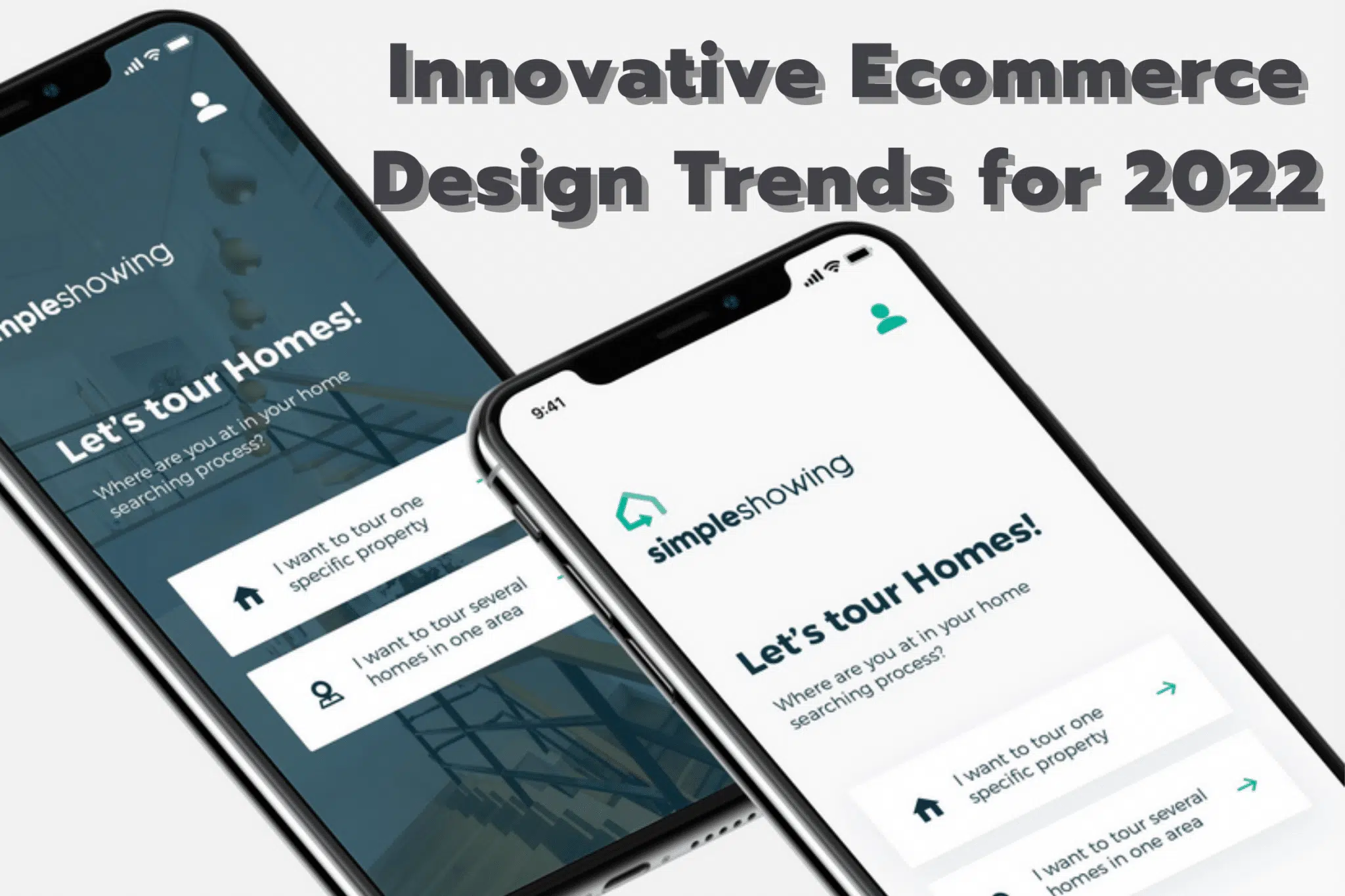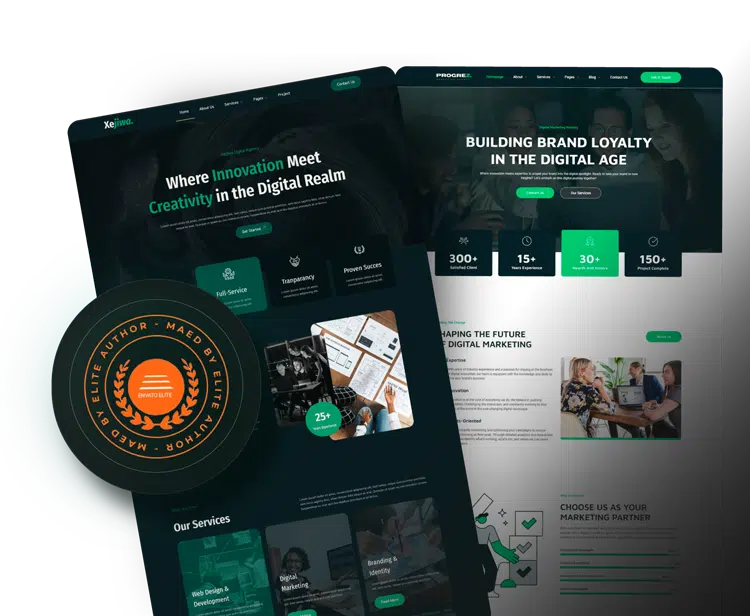1. Vertically aligned menus
Initially, the e-commerce platform was intended for users with large screen devices such as desktops or laptops, therefore the e-commerce platform website uses horizontal menu designs on the web. However, today’s changes allow users to visit websites only from their mobile phones, which are smaller than desktop or laptop screens.
Due to these changes, the company started to create responsive websites that fit the user’s screen, namely the screen of their cellphone. Having said that, you may have noticed a growing number of eCommerce websites with vertically aligned menus.
Because vertical menus can be on either side of the page, they don’t take up much space and are easier to scale. When viewed on the desktop, vertical menus allow you to add navigation links without the drop-down menus getting in the way of your page content. And because they resemble lists, vertical menus serve as efficient guides for users on how you want them to seamlessly navigate your page.
Simply put, vertically aligned menus are intuitive and practical. Websites are even starting to combine horizontal menus for primary navigation links with vertical menus for secondary links. This approach maximizes space while offering a memorable alternative to the standard navigation views we’re so used to.
2. Unconventional layouts
The layout helps organize the information on a website in an attractive and functional way. Many businesses rely on eCommerce platforms for this, such as Shopify. These tend to offer a variety of standard design templates that follow a small number of defined structures such as single column layouts or F layouts. The problem with these is that while they are easy to set up, they have become so commonplace that they no longer provide the user with the element of surprise.
Through unconventional layouts, some businesses break the mold and thrive on quirks. Their websites, apps, and online pages incorporate themes into their layouts, such as a well-curated state-of-the-art art gallery with infinite scrolling. Some also incorporate elements, such as interactive videos and animated photos, to make for an engaging experience. The possible outcome? Longer user engagement, higher brand retention, and increased conversion rates.
3. Blurring boundaries: physical vs digital
This design exists because of our situation during a pandemic. We are required to stay indoors or at home, even so, our needs must still be met. Therefore, businesses rely on e-commerce platforms to pick up consumers who transact through physical stores. And with a slow return to normal, the demands for platforms that pave the way for digital and physical interactions remain.
In addition to e-shops or e-commerce websites, multipurpose applications are growing to meet user demands for convenience and excellent digital customer service. The platform cuts a few extra steps from the customer journey if they shop at the store. For example, a physical store requires you to go to the store, shop in a crowd, and stand in line to pay for your goods.
With this new eCommerce design trend as well, consumers are getting more benefits where consumers can check which products are available at their nearest store, arrange appointments, and settle their bills digitally. They can also integrate customer service through live support via chat or video calls. With a market that relies on smartphones, apps can do wonders for businesses and their end-users.
4. Sophisticated voice user interfaces
This eCommerce design creates a personalized and highly efficient user experience: think of it like having a personal store clerk or secretary at home. To achieve this, you can start by working the voice user interface into your UX design and investing in voice search optimization for your eCommerce website.
Like search engine optimization, you need to integrate keywords and content that looks “verbally”. Text searches are usually phrases, whereas people who use voice search tend to ask in complete sentences. With this in mind, you can add keywords in the form of questions or take advantage of keywords that appear in featured snippets on Google—sometimes called zero positions or information displayed above the first search results—to name a few.
And as AI technology advances, more and more people are taking advantage of it. Products and services are very easily accessible with a single voice command or voice search. Survey data from Microsoft supports this, with 72% of their respondents using digital assistants, such as Siri, Alexa, Google Assistant, and Cortana. Grocery shopping, setting appointments, and other daily activities are also automated, thanks to AI.
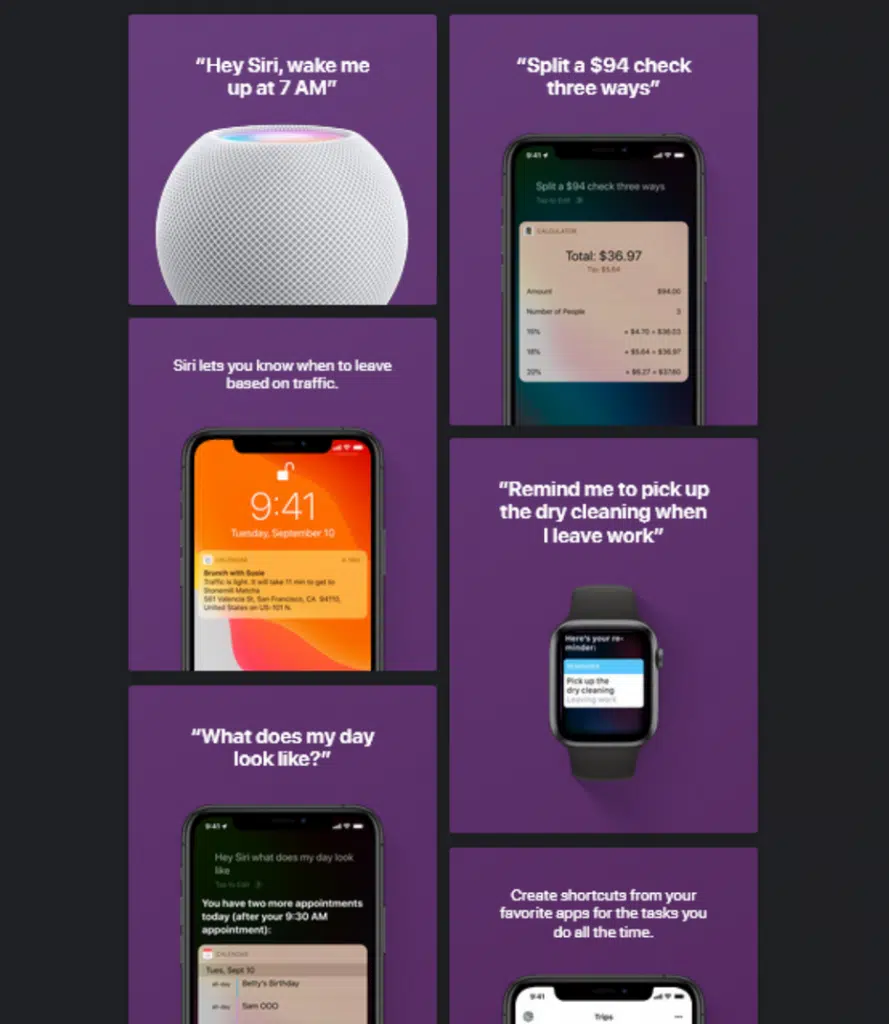
5. The holistic ecommerce experience
With more than 500,000 brands and billions of eCommerce platforms worldwide, capturing markets with multiple needs is a challenge. This means that in order to stay competitive, large companies need to become one-stop shops by expanding what they offer.
Bigger eCommerce brands can take a cue from Facebook. After acquiring several social media platforms other than Facebook, they are now expanding into social technology. Therefore, rebranding to Meta. With their expansion, more and more users tend to use Meta for their social media and social technology needs.
A similar expansion is being made by Amazon, the world’s largest e-commerce company, which has grown from selling products in various categories to providing Amazon Web Services. Diversification by adding new products and expanding into related markets allows eCommerce businesses to expand and capture a larger market.
6. Up close and increased personalization
The pandemic sparked a movement in many companies to support the COVID-19 response. Many adopt a double bottom line approach, where they do business not only for financial gain but also to create a positive social impact for society. Examples include companies that hold fundraisers, giveaway programs, and offer big discounts. As the saying goes: Doing good is good for business.
As one of our biggest eCommerce design trends of the year, creating personalized experiences has evolved to highlight attention and sensitivity. Take, for example, Bloom & Wild Flower Delivery. They innovated their opt-out feature to allow subscribers to unsubscribe from receiving or viewing any web content related to selective anniversary holidays that they may not wish to celebrate. This type of action communicates authentic brand values to users, increases trust by enhancing the personalization of their experience, and shows the human side of your brand.
7. Appealing to the senses
This e-commerce design is concerned with the emotions of the user. Where they expect users to enhance their multi-sensory digital experience, there is a less complicated method you can employ. The masterful combination of color, gradients, brilliantly shot photos, stylish fonts, and the use of abstract—even interactive—shapes in your layouts will set the mood.
You can add sound effects to enhance your UI design, such as a satisfying ‘ding’ when you click a button to confirm an order. This is very helpful for accessibility reasons because you can design sounds and imagery to serve as user guides through the site. Additionally, you can include thought-provoking descriptive and engaging copy to better support your visual content and immerse your users in the design.
You also have to remember choosing a good photo. Choose high-quality images that convey how you want consumers to react to your brand. Food websites with mouth-watering sauces and a plate of grilled meat can make a person hungry. The soft, silky texture of skin products applied to a woman’s face can appeal to someone looking for a skin product that is gentle and deeply moisturizing.
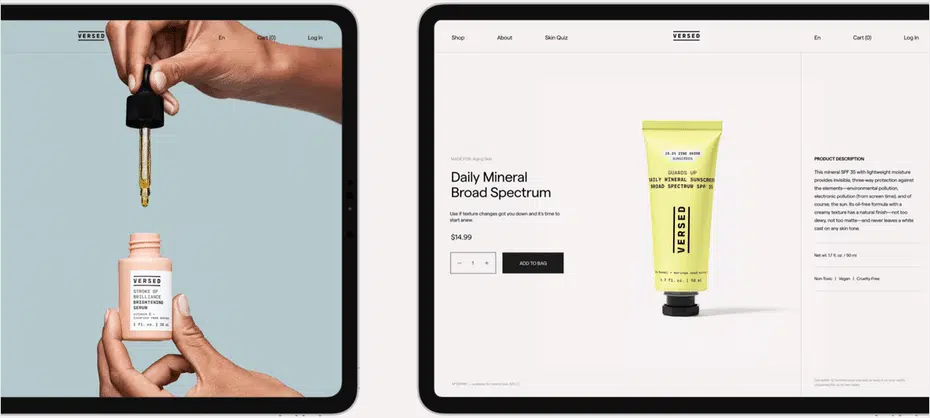
8. From ecommerce to green ecommerce
According to the United Nations, some regions, such as Southeast Asia, experienced a 40 percent reduction in air pollution due to limited outdoor activities. But while the environment has benefited from reduced air pollution during the lockdown, the need for single-use plastics has increased.
To address this, there is a continuous shift in the marketplace where consumers are becoming more environmentally conscious—and expecting the brands they buy to be responsible for their impact on the environment. More than 60% of Americans choose to buy from green brands and that demand has given rise to green e-commerce. This refers to a wave of brands incorporating green solutions into their processes.
This means working with less environmentally harmful materials, bioplastics, reusable packaging, paper utensils, and other non-toxic materials. The brand is also actively encouraging shoppers not to make same-day deliveries and consolidating their orders to reduce packaging use. You can expect more delivery services using electric vehicles and bicycles to deliver packages as well.
Also keep in mind, in order not to cause new problems such as goods that don’t match what consumers expect, brands are becoming more responsible by posting full product descriptions, photos of actual products with in-depth details, and integrating feedback and comments sections on their websites. . Doing this gives shoppers all the information they need before completing their order, reducing the chances of a return shipment.
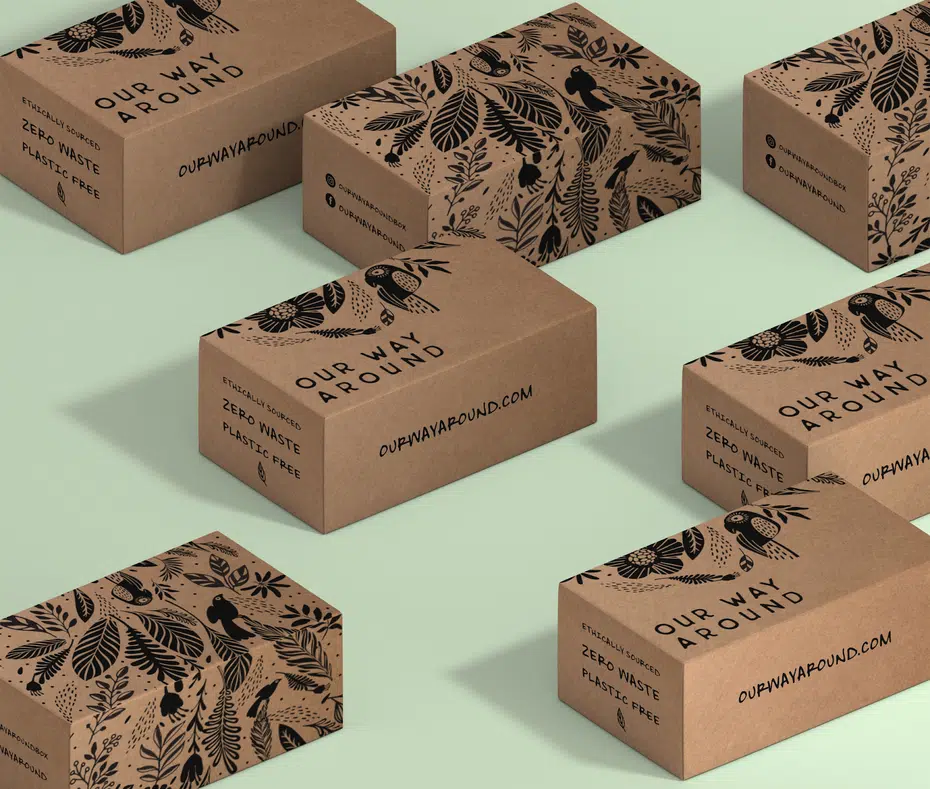
9. Modern businesses turn headless
Technological innovations pave the way for amazing platforms and features, such as smart voice assistants and virtual reality. While having multiple platforms is beneficial in increasing your reach, integrating them in a single system can have a negative impact on managing your server as well as being time-consuming and complex.
Enter, headless trade.
Headless trading is the process of removing various user interfaces (front-end) from the server-side (backend). Doing so allows you to layer key functions in your digital ecosystem—websites, microsites, multiple apps, and VR or AR features—design, and customize them in the most efficient way while keeping your backend intact.
Each vital component can also be easily edited and updated independently without having to rely on software developers. As a result, headless trading allows the flexibility to scale up and meet unlimited demands from your users in a timely manner, leading to a seamless user experience across all channels.
Nike, in particular, has used React SPA and Node.js, a tool for building interfaces, to feature AR-powered apps to prevent bots that retailers use to get limited edition products. This feature also increases their market reach among mobile users and provides an interactive experience.
In collaboration with Chef David Chang and via the Nike App, people can head to Momofuku Chang’s restaurant and point the camera at the physical menu to buy the model they want. Those unable to make it to the restaurant can still access the limited edition shoes by pointing the camera at the website’s version of the menu or via an SNKRS-supported poster.
Nike also added a separate AR-powered app feature that accurately measures your foot, allowing you to avoid any accidents and get the right size. It also means fewer product returns for Nike, which can’t be a bad thing.
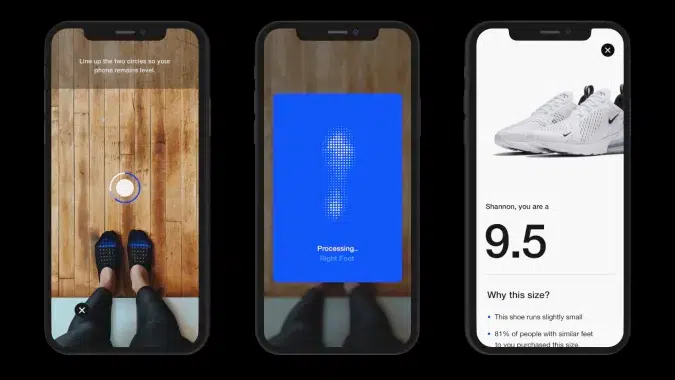
Those are some e-commerce innovations that may be popular in 2022, not only aiming to increase brand sales or user satisfaction, innovations that will be popular also start paying attention to the environment. Start creating your innovative designs.
Source: 99designs.com

